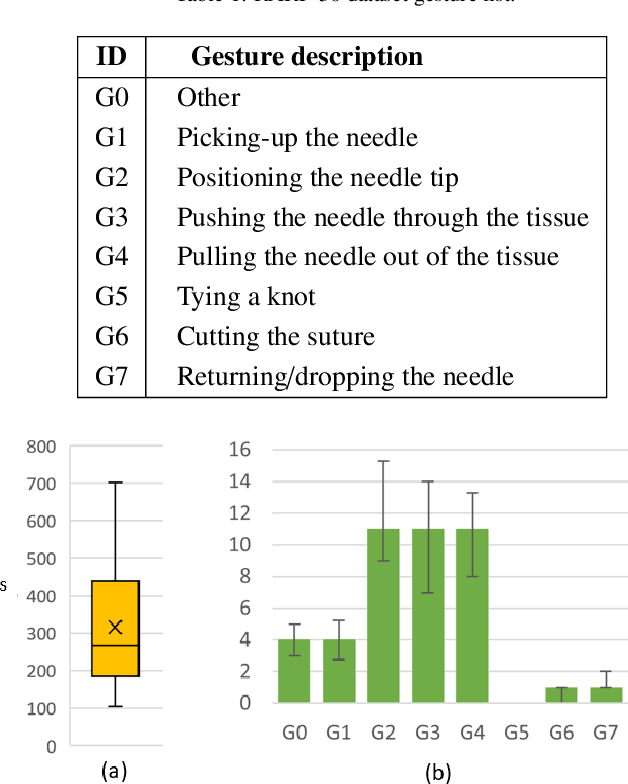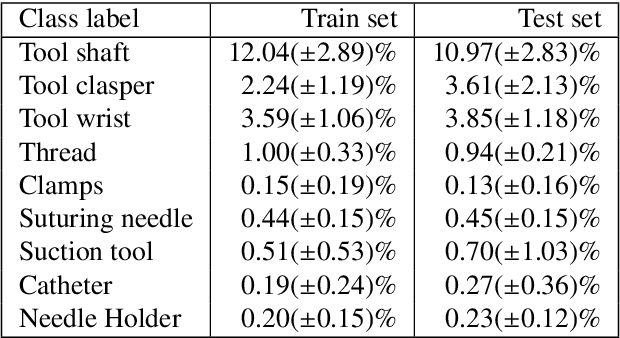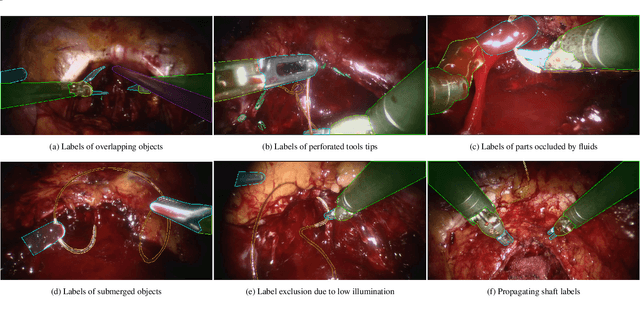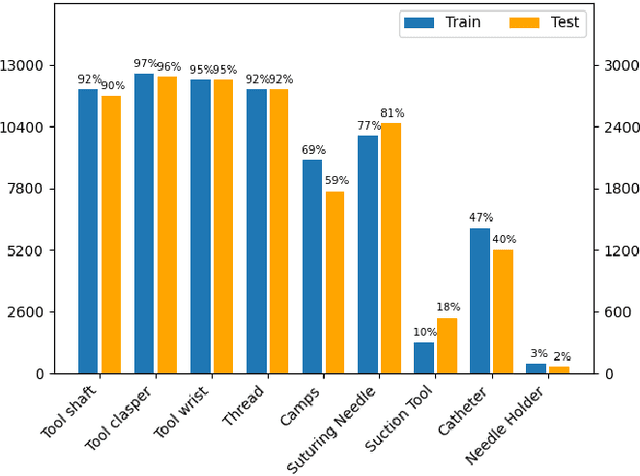Juanita Puentes
EgoCast: Forecasting Egocentric Human Pose in the Wild
Dec 03, 2024



Abstract:Accurately estimating and forecasting human body pose is important for enhancing the user's sense of immersion in Augmented Reality. Addressing this need, our paper introduces EgoCast, a bimodal method for 3D human pose forecasting using egocentric videos and proprioceptive data. We study the task of human pose forecasting in a realistic setting, extending the boundaries of temporal forecasting in dynamic scenes and building on the current framework for current pose estimation in the wild. We introduce a current-frame estimation module that generates pseudo-groundtruth poses for inference, eliminating the need for past groundtruth poses typically required by current methods during forecasting. Our experimental results on the recent Ego-Exo4D and Aria Digital Twin datasets validate EgoCast for real-life motion estimation. On the Ego-Exo4D Body Pose 2024 Challenge, our method significantly outperforms the state-of-the-art approaches, laying the groundwork for future research in human pose estimation and forecasting in unscripted activities with egocentric inputs.
SAR-RARP50: Segmentation of surgical instrumentation and Action Recognition on Robot-Assisted Radical Prostatectomy Challenge
Dec 31, 2023



Abstract:Surgical tool segmentation and action recognition are fundamental building blocks in many computer-assisted intervention applications, ranging from surgical skills assessment to decision support systems. Nowadays, learning-based action recognition and segmentation approaches outperform classical methods, relying, however, on large, annotated datasets. Furthermore, action recognition and tool segmentation algorithms are often trained and make predictions in isolation from each other, without exploiting potential cross-task relationships. With the EndoVis 2022 SAR-RARP50 challenge, we release the first multimodal, publicly available, in-vivo, dataset for surgical action recognition and semantic instrumentation segmentation, containing 50 suturing video segments of Robotic Assisted Radical Prostatectomy (RARP). The aim of the challenge is twofold. First, to enable researchers to leverage the scale of the provided dataset and develop robust and highly accurate single-task action recognition and tool segmentation approaches in the surgical domain. Second, to further explore the potential of multitask-based learning approaches and determine their comparative advantage against their single-task counterparts. A total of 12 teams participated in the challenge, contributing 7 action recognition methods, 9 instrument segmentation techniques, and 4 multitask approaches that integrated both action recognition and instrument segmentation.
Guarding the Guardians: Automated Analysis of Online Child Sexual Abuse
Aug 10, 2023



Abstract:Online violence against children has increased globally recently, demanding urgent attention. Competent authorities manually analyze abuse complaints to comprehend crime dynamics and identify patterns. However, the manual analysis of these complaints presents a challenge because it exposes analysts to harmful content during the review process. Given these challenges, we present a novel solution, an automated tool designed to analyze children's sexual abuse reports comprehensively. By automating the analysis process, our tool significantly reduces the risk of exposure to harmful content by categorizing the reports on three dimensions: Subject, Degree of Criminality, and Damage. Furthermore, leveraging our multidisciplinary team's expertise, we introduce a novel approach to annotate the collected data, enabling a more in-depth analysis of the reports. This approach improves the comprehension of fundamental patterns and trends, enabling law enforcement agencies and policymakers to create focused strategies in the fight against children's violence.
 Add to Chrome
Add to Chrome Add to Firefox
Add to Firefox Add to Edge
Add to Edge